We’ve reviewed more than 20 of the best books on marine and coastal wildlife to put together this selection together. There's something for everyone, with books on whales, sharks, rock pools, seabirds, bizarre deep sea creatures. This article focuses on nature writing and popular science books, rather than identification guides.
Planktonia
By Erich Hoyt. Published by Firefly Books.
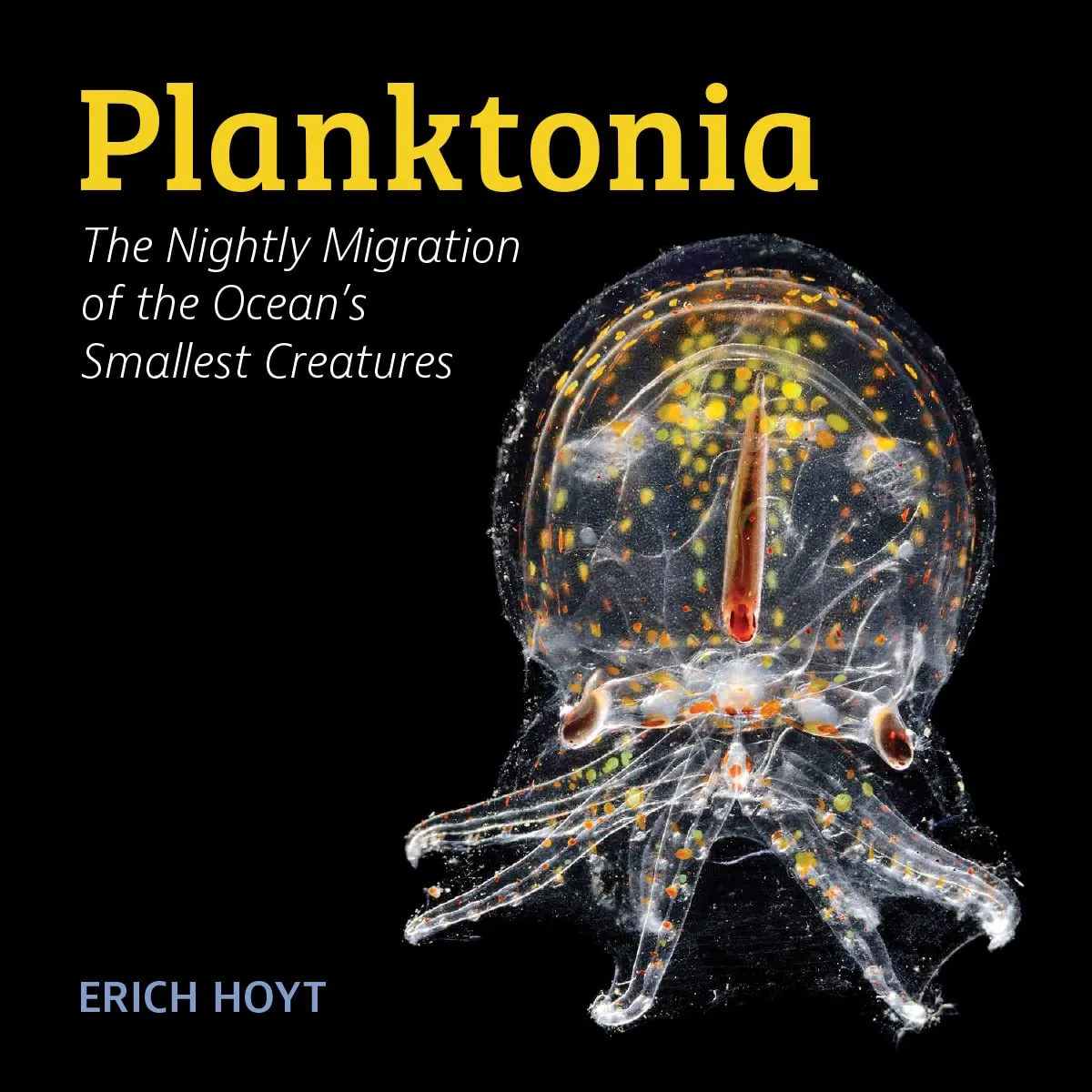
While many species migrate to their feeding ground or to their breeding area just once a year, there’s a migration that happens every night – but it’s by a creature so small you’d be forgiven for having overlooked it.
For plankton, their migration begins at sunset, when they rise up through the ocean, eating plant plankton and other delicious morsels as they go. These microscopic creatures descend just before dawn to the depths of the ocean to hide during daylight hours. The next evening, the process begins again. Although the cloak of darkness provides a safer passage for plankton, there are still predators everywhere, with jellyfish, basking sharks and blue whales lurking in the shadows.
Featuring stunning detailed images throughout, Hoyt’s latest book examines the nightlife of these tiny ocean plankton and the stories of the wildlife photographers that join them in darkness to capture their vertical migrations.
Thanks to the increase in popularity of both macrophotography and diving in the open sea at night, we now have visual evidence of just how eclectic and vibrant these plankton are. Planktonia is a tribute to these photographers and the scientists they work with to document the many species and their unique attributes and behaviours.
Reviewed by Freya Parr, freelance writer
Shearwater
By Roger Morgan-Grenville. Published by Icon Books.

A captivating mix of memoir, travel and ornithological obsession, this book tracks both the physical ocean wanderings of the manx shearwater (from nest to adulthood) alongside the intellectual journeys the bird carves in the mind of the author (from boyhood discoveries on Mull, to military service and a naturalist’s enduring curiosity).
En route, down the wild Atlantic edge from Rum to Scilly, the author interacts with conservationists, scientists, landowners and NGOs devoted to seabird research and public engagement. There are necessary nods to those pioneers of island ecology and bird behaviour who shaped our contemporary understandings and the impressive new generation of devoted PhD students providing fresh insights to inform twenty-first century marine conservation policy.
Human stories, of success and failure, sit alongside epic avian journeys. A book not just for seabirders or island-addicts, but for all who have ever gazed longingly out to sea and pondered vast possibilities and connections.
Reviewed by Dr Rob Lambert, academic and birder
The Brilliant Abyss
By Helen Scales. Published by Bloomsbury.
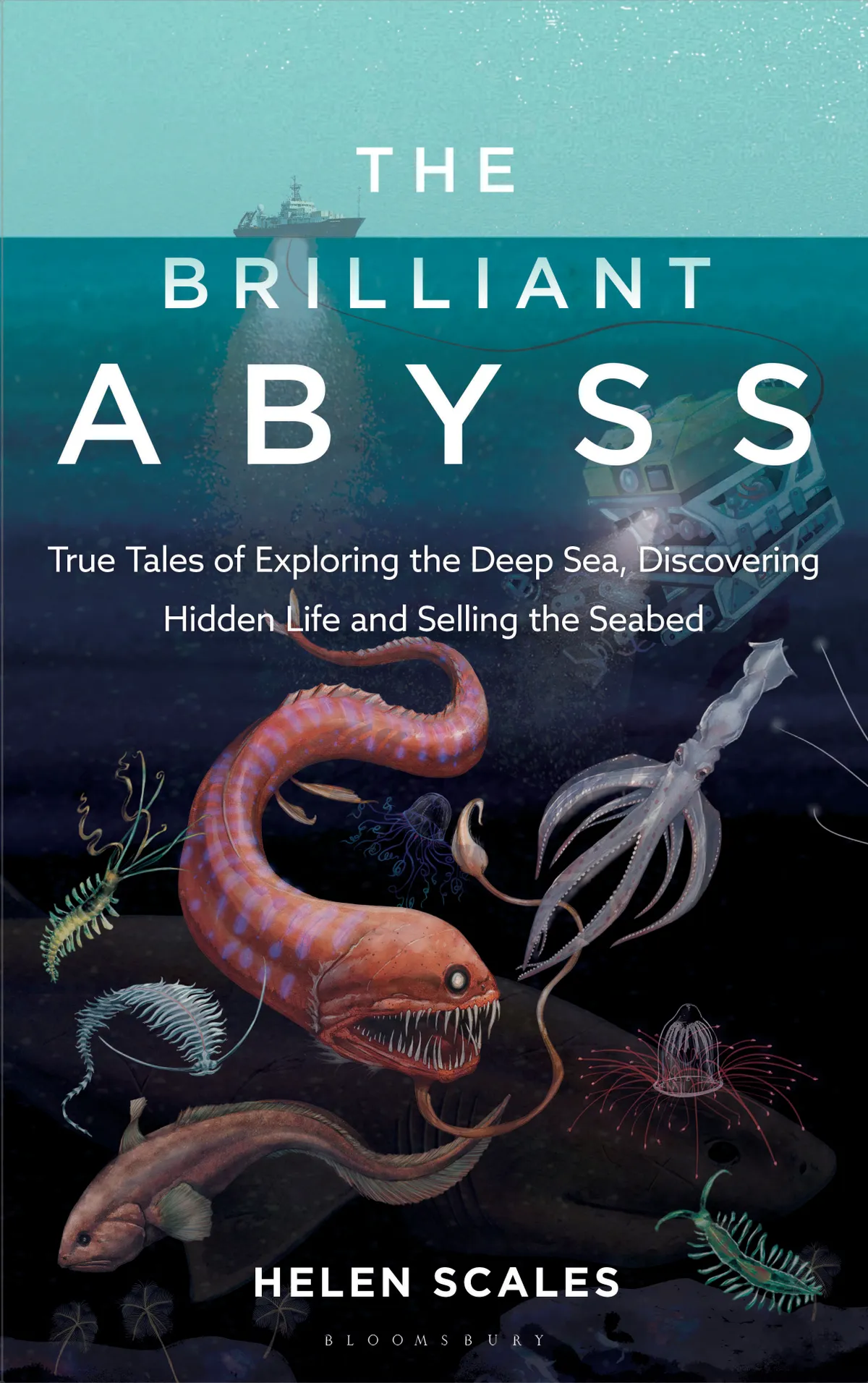
The deep sea is an alien realm that both strikes fear and awe in our hearts. Few have been able to see this dark world with their own eyes and scientists and just beginning to understand how vital it is.
So, as a fellow marine biologist, I am thankful that Helen Scales brings the mysterious zone alive for all through the well written The Brilliant Abyss, introducing readers to a slew of astonishing creatures and the unique ways they thrive in the frigid depths. Through her eyes we explore our relationship with the deep and are forced to ponder how we can better protect this delicate ecosystem against human effluence.
Altogether, a fantastic read for anyone interested in the deep sea!
Reviewed by Melissa Cristina Marquez, marine biologist
Fathoms
By Rebecca Giggs. Published by Scribe Publications.
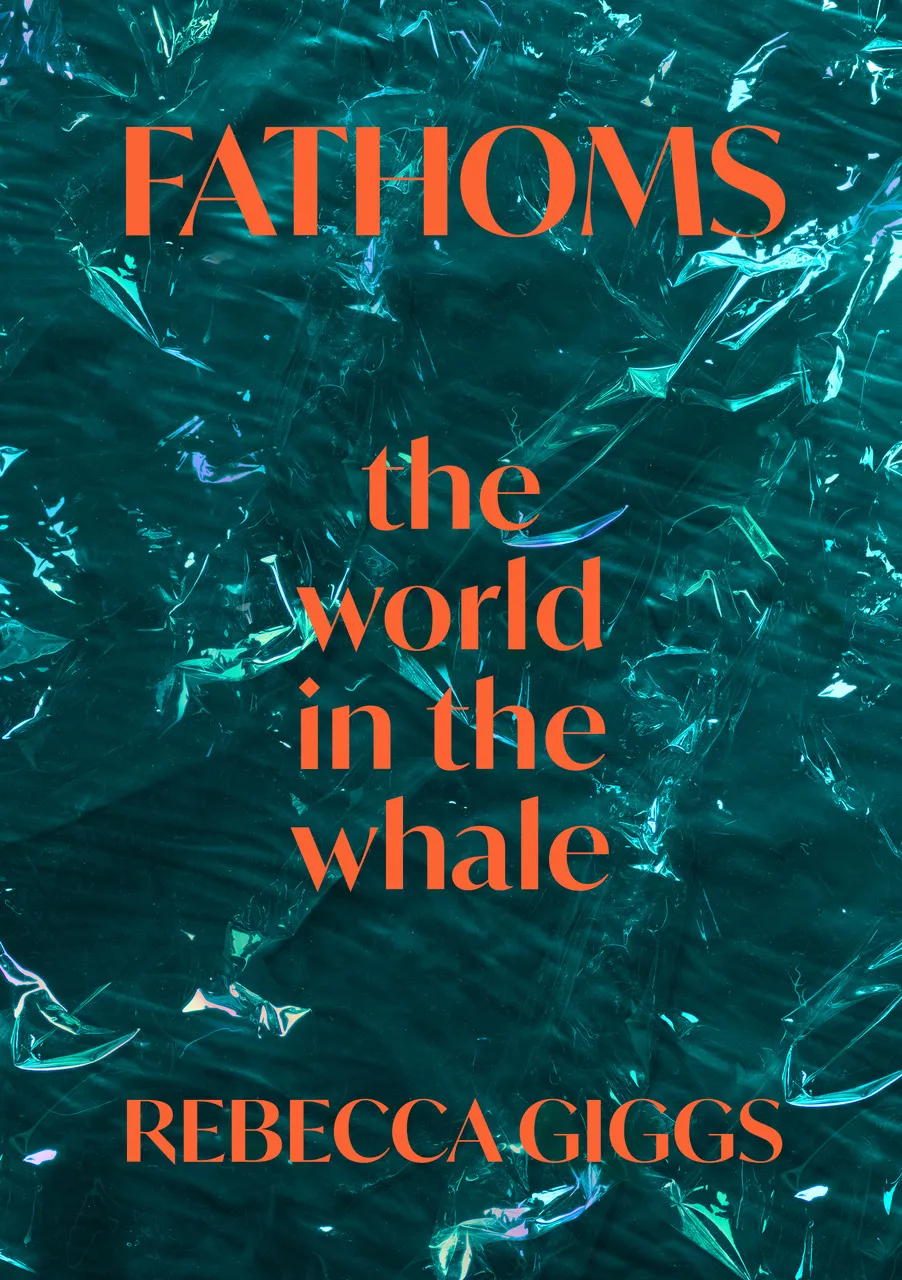
Much has been written about whales and Rebecca Giggs finds plenty more to say and think about in Fathoms. With distinctive prose, as philosophical as scientific, this is a challenging and illuminating portrait of the oceans’ great cetaceans and what they mean to people. Not long ago, they were a triumphant conservation success story and yet, since most industrial harpoons were packed away, whales have come to face a gamut of other anthropogenic troubles.
Giggs brings fresh perspectives to notorious issues of noise, plastic and chemical pollution, while asking bigger questions. What, for instance, is the essence of the whales’ charisma? Simply their grand size, or something else besides? Weaving from the politics of modern-day whaling to the ecology of whale-endemic, crustacean hitchhikers, Giggs repeatedly turns the mirror on humanity, probing our capacity for change and considering ways to remain, as she says, “compassionately engaged with distant, unmet things.”
Reviewed by Helen Scales, marine biologist
Strange Sea Creatures
By Eric Hoyt. Published by Firefly Books Ltd.
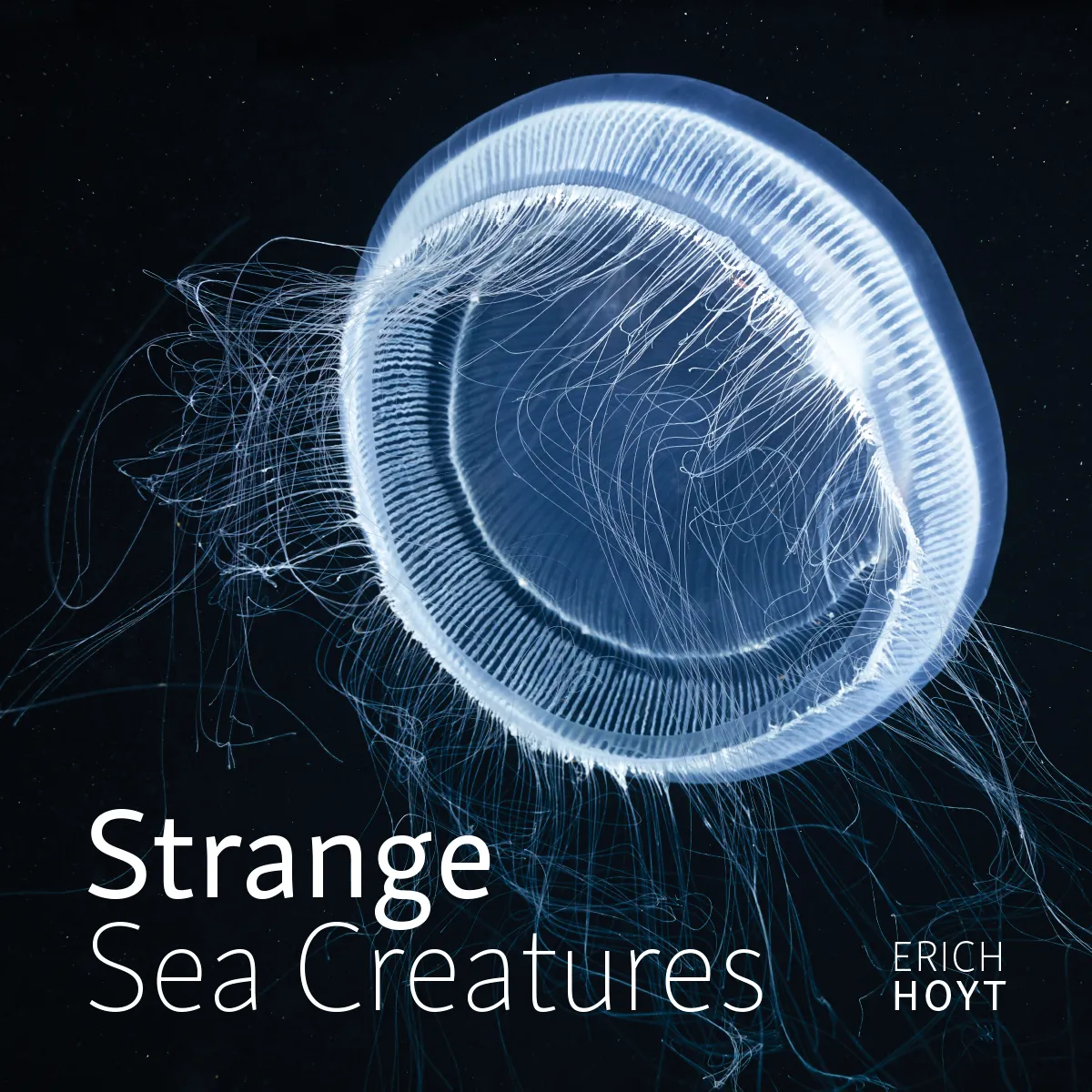
A young wunderpus octopus, staring you right in the eye, is the perfect choice for the opening spread of Eric Hoyt’s latest book celebrating the oceans’ wonders. It’s the first of a pageant of night-time vertical migrators that, for me, are the most compelling images in this book.
Page after page, we see the surprising shapes, colours and intricate details of secretive animals – many in their juvenile forms – that dash to the surface on nocturnal forays. Hoyt’s curated collection of images from various underwater photographers continues into the deep twilight zone and onto the seabed, showcasing the mesmerising range of life far beneath the waves.
Reviewed by Helen Scales, marine biologist
Emperors of the Deep
By William McKeever. Published by HarperCollins.
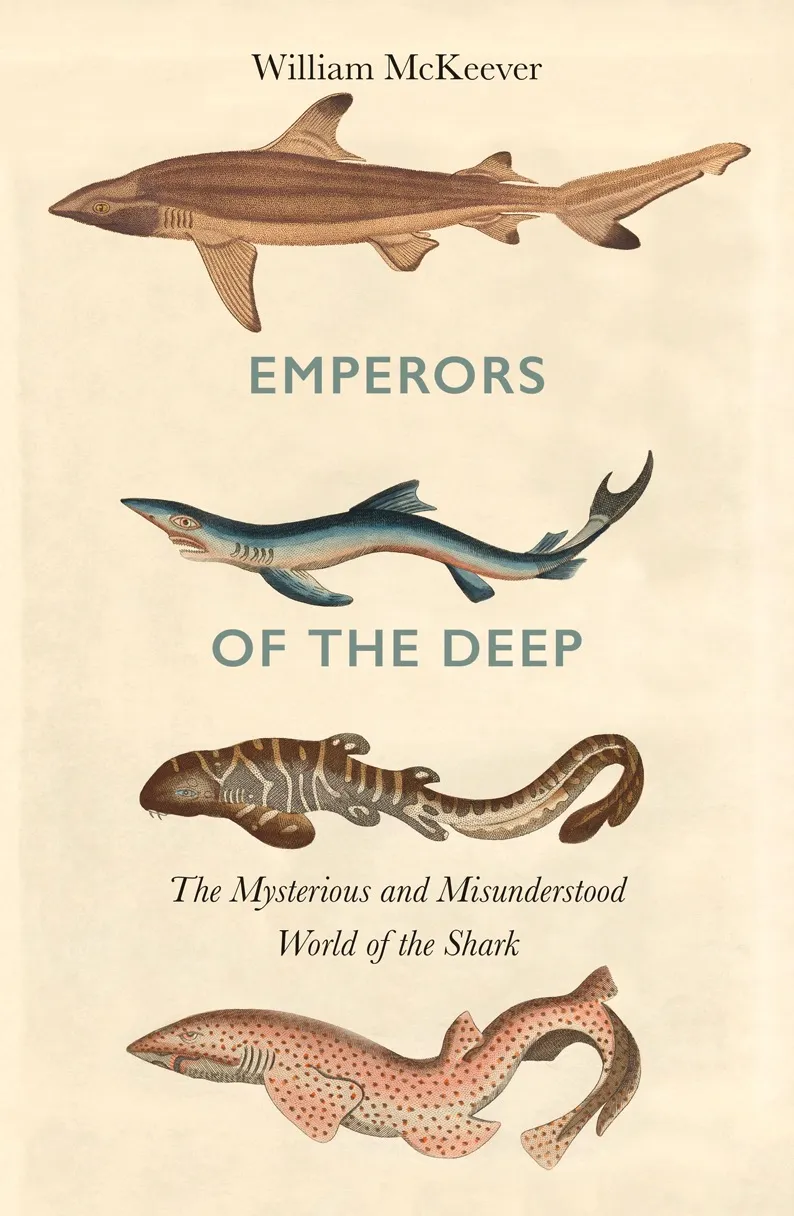
This is a wonderful new book covering the biology of sharks, their ecological importance, and the threats they face. Though it mainly focuses on the ‘big four’ (great whites, tigers, makos and hammerheads), McKeever does showcase several other species. The book gradually shifts from the misunderstood predators and drifts into the impact the fishing industry has (overfishing, shark finning, etc) before returning to the sharks themselves.
The book is not necessarily perfect from a scientific standpoint – the term apex predator is often misused, for example. Still, it puts forth an incredible amount of effort into educating a reader that has limited prior knowledge on the subject – a fantastic beginner read.
Reviewed by Melissa Christina Márquez, marine biologist
Salmon
By Mark Kurlansky. Published by Oneworld Publications.
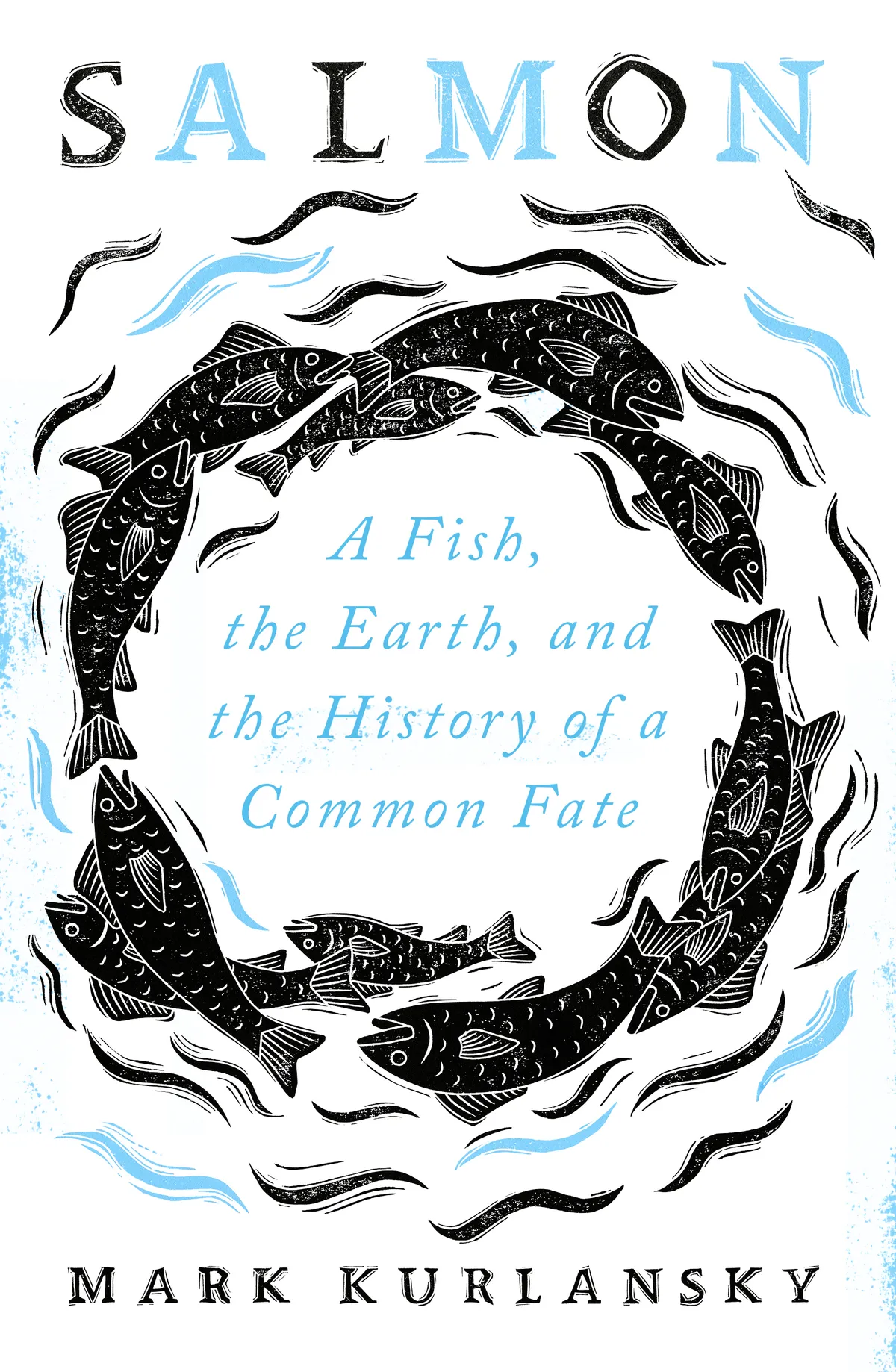
Few fish can be as iconic as the salmon – impacting our history, hobbies and indeed livelihoods. Kurlansky’s Salmon perfectly illustrates this. He takes us on a journey, discovering the people on the ground working with the king of fish – both in the Pacific, with the nets men catching salmon, as well as closer to home with Atlantic salmon, of which there’s thought to only be 1.5 million left. For context, 62 million sockeye salmon were recorded in 2018.
Kurlansky leaps (no pun intended) into subjects such as hatcheries, salmon’s life-cycle and the impact humans have on this very special fish. It’s a varied book that any angler, naturalist, and even cook (there’s a recipe for Swedish salmon pudding!) will thoroughly enjoy.
Reviewed by Jack Perks, wildlife photographer
A Lifetime in Galápagos
By Tui De Roy. Published by Bloomsbury.
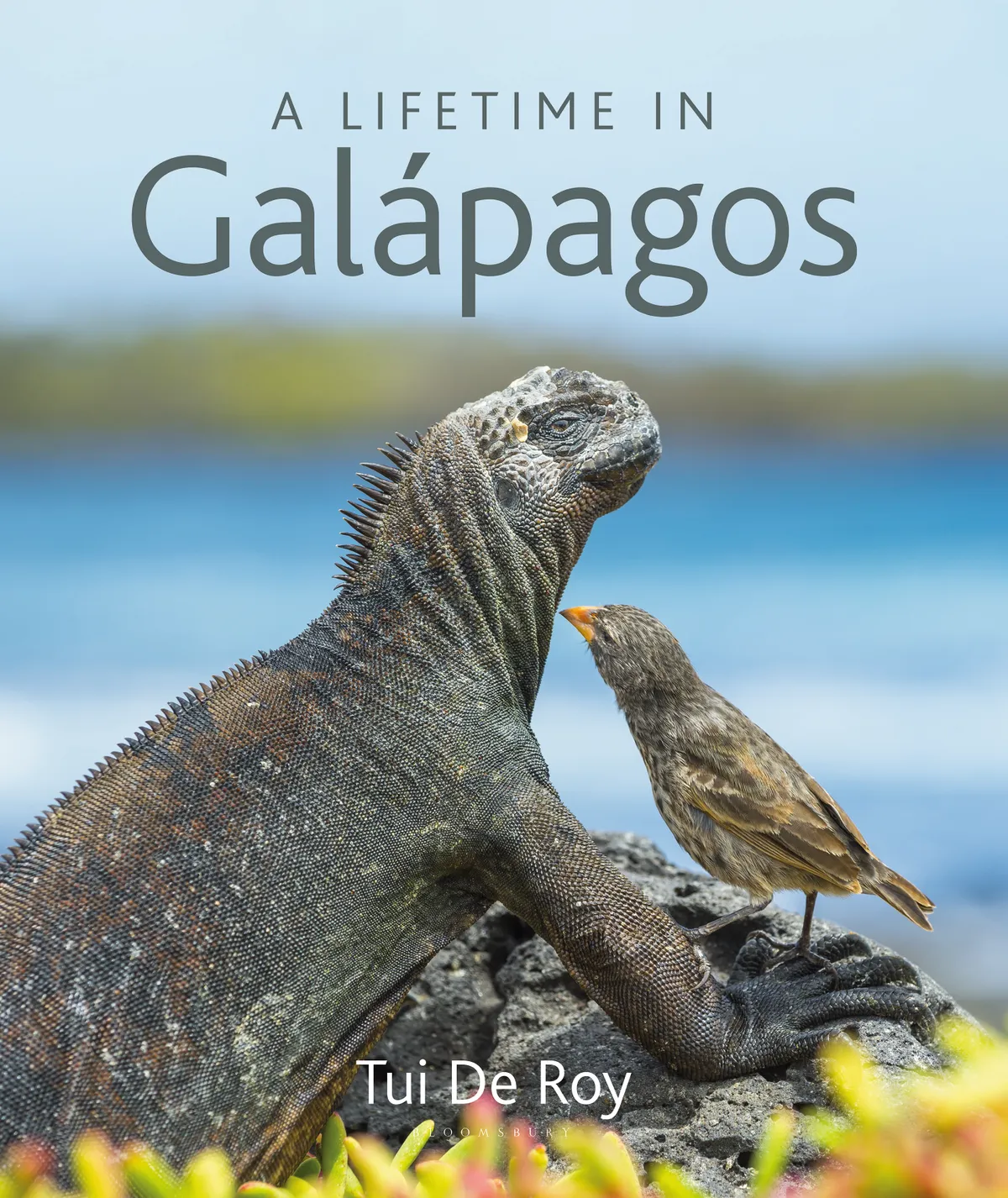
Belgian photographer Tui De Roy was raised in the Galápagos, having arrived in extraordinary, Edenic Ecuadoran archipelago with her parents at the age of just two. Part-photobook and part-memoir, Life In Galápagos is the result of what is now her five-decades-long Galápagoan odyssey.
De Roy’s photography of endemic wildlife is of course exemplary, but some of her landscape shots are otherworldly. Rough-hewn cliffs battered by storms, lava rivers oozing from volcanos, sumptuous celestial photography – each a reminder that the Galápagos is much more than an island safari experience. The archipelago’s most recognisable stars are heavily featured, too, from marine iguanas to giant tortoises to Galápagos sharks and penguins.
The Galápagos is perhaps only second to Antarctica as a destination where animals are naïve enough not to flee the moment they encounter humans. It’s the sort of place that can make a publishable photographer of even a smartphone-wielding tourist there for just a week.
Considering the extraordinary access to fauna afforded to De Roy, there are some shots – especially early in the book – that are a little underwhelming. At other times the design is too busy, including too many small photographs with confusing subjects where the space would have been better employed by fewer, larger images.
While not exactly encyclopaedic, the prose is an important guide, not just to De Roy’s life and experience, or to the flora and fauna, but in highlighting threats of climate change and overtourism on the islands. Comprehensive and colourful, this is a thorough photographic examination of one of the world’s truly singular environments.
Reviewed by Jamie Lafferty, travel writer
Ahab's Rolling Sea
By Richard J King. Published by The University of Chicago Press.
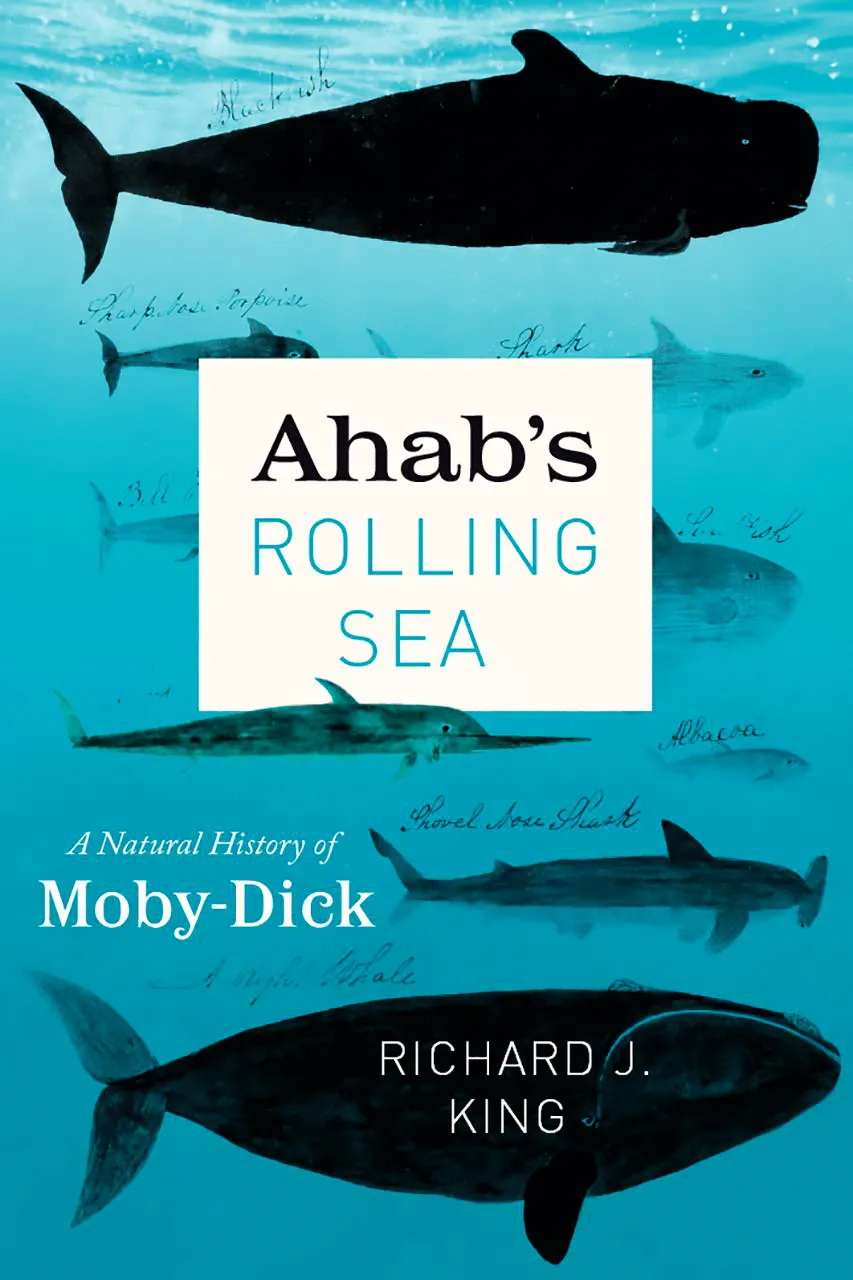
Two hundred years ago, Herman Melville was born in New York. When he was 21, he went to sea on a whaleboat and for three years gathered observations he later instilled in the narrator of Moby Dick. Ishmael’s view of sperm whales and the oceans is laced with literary flourishes but immersed in the science and natural history of the day.
King reflects on what we have learned and lost from the oceans since Melville’s time. He answers questions many readers surely ponder, including whether a 19th-century sailing ship could have tracked a single whale across an entire ocean. Naturally, the book is full of spoilers. Read Moby Dick, read this, then read Moby Dick again.
Reviewed by Helen Scales, marine biologist
Reef Life
By Callum Roberts. Published by Profile Books Ltd.

In 1982, Callum Roberts went snorkelling in Saudi Arabia and fell instantly in love with coral reefs. He went on to become a prominent reef scientist and conservationist and lost none of his curiosity and verve. Compulsory reading for scuba divers and armchair divers alike, Roberts tells at times hilarious stories of the ups and downs of reef research.
Amid the joy is heartbreak. He has witnessed coral reefs succumbing to overfishing, pollution and the climate crisis. He recalls Red Sea reefs before mass tourism arrived and, in a poignant scene, bids farewell to a Maldivian reef he’s sure will be destroyed by coral bleaching before he sees it again. His message is clear: we mustn’t give up on coral reefs, they’re still worth fighting for, and the time to fight is now.
Reviewed by Helen Scales, marine biologist
The Deep
By Alex Rogers. Published by Headline Publishing Group.

Ever since mariners began to set sail and explore far reaches of the oceans, they’ve come back and told stories of their journeys and encounters with extraordinary beasts. In his memoire The Deep, Alex Rogers continues this tradition and tells captivating tales of his voyages and discoveries as professor of marine biology.
There are great wonders to be found on these pages, from deep coral reefs to hairy ‘Hoff’ crabs on Antarctic hydrothermal vents. Readers will find out what it’s like to be a marine scientist through descriptions of Rogers’ collaborative work with the many students and colleagues he introduces. Human- made troubles in the oceans also feature throughout. Reassuringly, for someone who has witnessed so much change, Rogers remains optimistic about the ocean’s ability to restore itself, given a chance. He prescribes urgent actions needed to ensure healthy seas and avoid their continued demise by a thousand cuts.
Reviewed by Helen Scales, marine biologist
The Seafarers
By Stephen Rutt. Published by Elliott & Thompson.
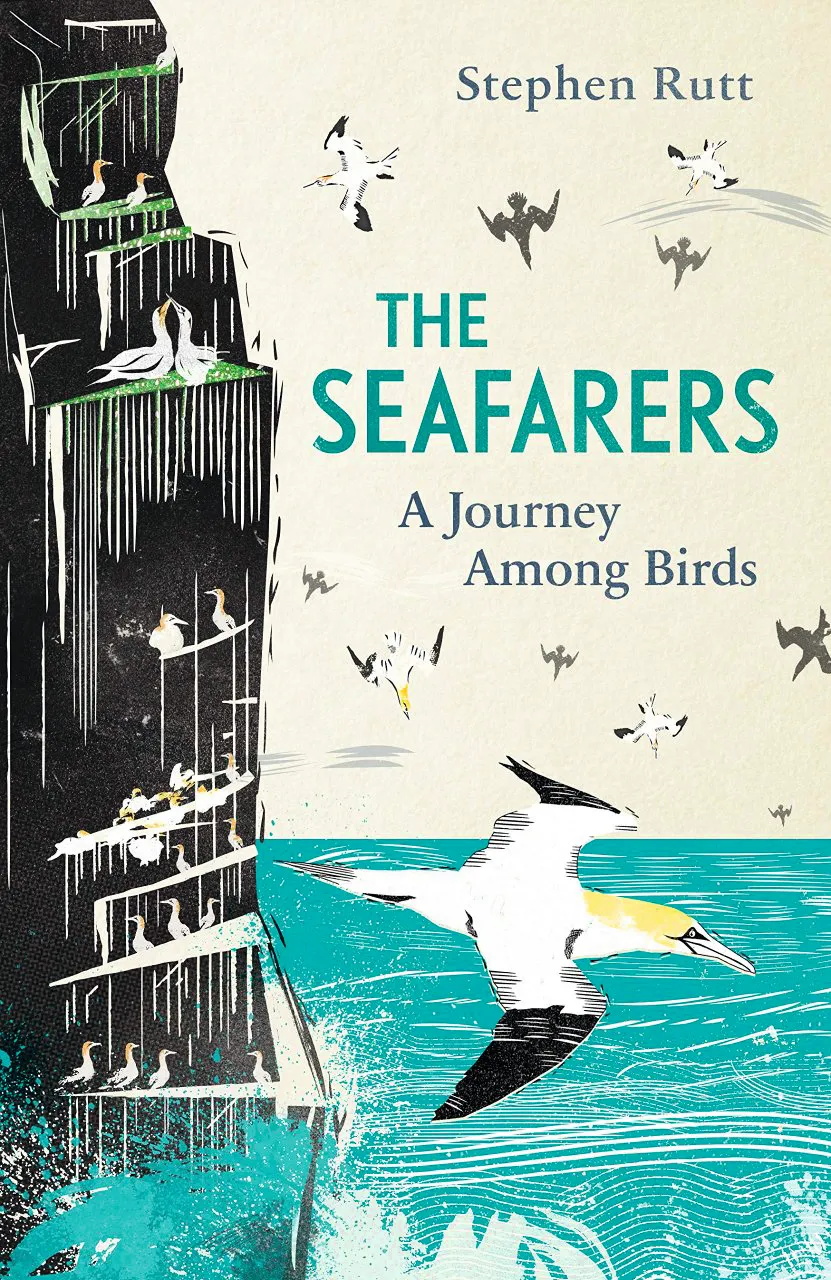
We are blessed to live girdled by the sea, for, where there are coastal margins, there are seabirds to be seen. Some breed on our cliffs and shores, and others that breed half a world away may be found, by the fortunate, in our rich waters. Their stories provide Stephen Rutt with rich pickings of his own in The Seafarers – we accompany him on his travels to see and explore the varied lives of our seabirds.
What he finds is at once beautiful and troubling – this is a thoughtful chronicle of seabirds and their place in a world that is changing fast, and not for the better. A beguiling, lyrical book, but also a poignant one that bears witness to the pressures those seabirds face.
Reviewed by Jon Dunn, nature writer
Rock Pool
By Heather Buttivant. Published by September Publishing.

In these turbulent times, here are three simple steps to help you feel better about the world: read Heather Buttivant’s marvellous book, grab a pair of wellies, and get yourself to a rocky shore. Nothing beats the feeling of lifting up a rock and finding a smattering of star-shaped sea squirts or a hermit crab peeping from its borrowed shell.
For rock-pool newcomers and aficionados alike, there is something for everyone in this thoughtful, enlightening and entertaining read. Buttivant weaves lyrical stories of her intertidal encounters – from baby pipefish to a full-grown shark – together with fascinating ecological details and expert advice on how to search for hidden wonders between the tides.
Reviewed by Helen Scales, marine biologist
Rocky Shores
By John Archer-Thomson and Julian Cremona. Published by Bloomsbury.
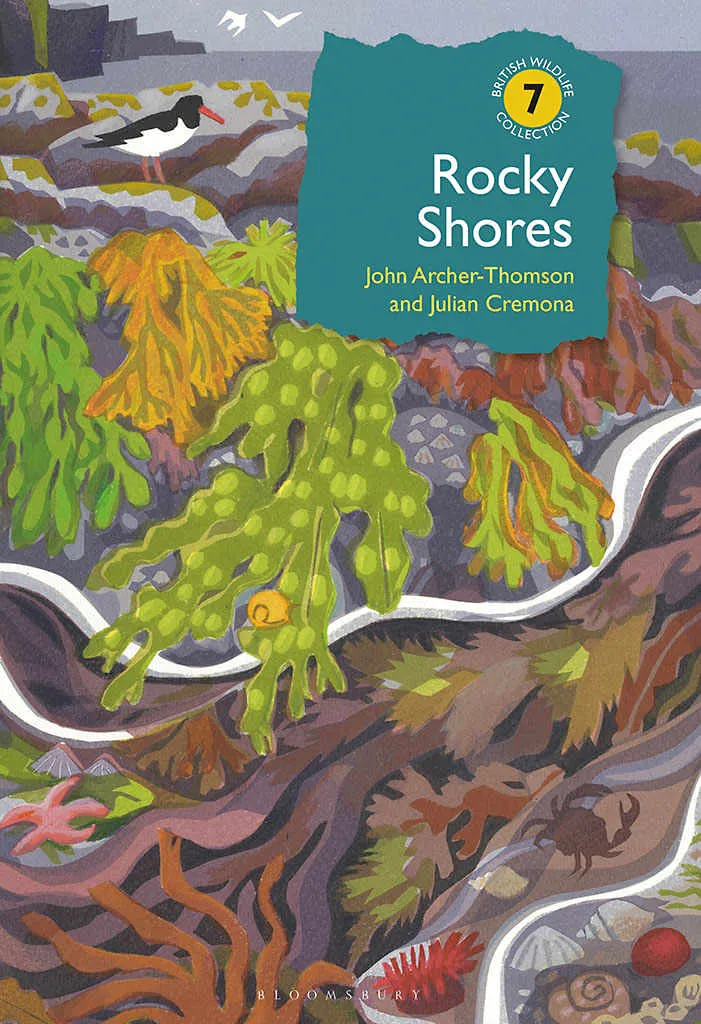
Rocky Shores is number seven in Bloomsbury’s British Wildlife Collection and heavy with verdant colour that positively celebrates the seashore. It is as packed with knowledge and enthusiasm as a rock pool is filled with strange and beautiful species – the details of which Archer-Thomson and Cremona describe so well. This to me will certainly make you want to dust off your wellies and head to the rocky shore, driven by new knowledge. But equally, even just sitting back and reading about the creatures in such glorious detail, you will find yourself temporarily transported to a vibrant pool surrounded by seaweed fronds and anemone tentacles.
Reviewed by Maya Plass, marine ecologist
Exploring Britain's Hidden World
By Keith Hiscock. Published by Wild Nature Press, £25.00.
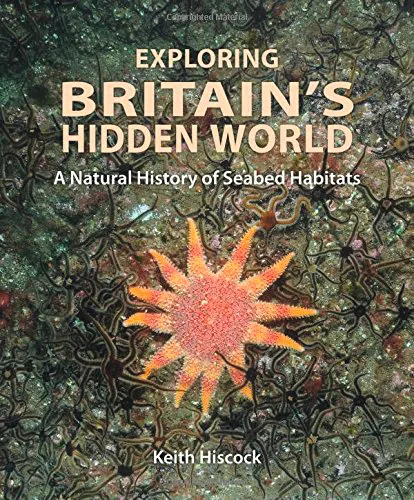
Few know Britain’s seas better than Keith Hiscock, a scientist who’s spent much of the past 50 years diving and surveying the world beneath the waves. Combining his observations with hundreds of photographs, the result is this erudite and indispensable companion to our shores.
Britain’s waters are far more vibrant and diverse than most of us realise, filled with treasures such as hermit crabs covered in fuzzy ‘snail fur’ and scarlet file shells that build nests on the seabed. Hiscock explains why things are the way they are and urges us to protect this hidden habitat.
Reviewed by Helen Scales, marine biologist
Orca
By Jason M. Colby. Published by Oxford University Press.
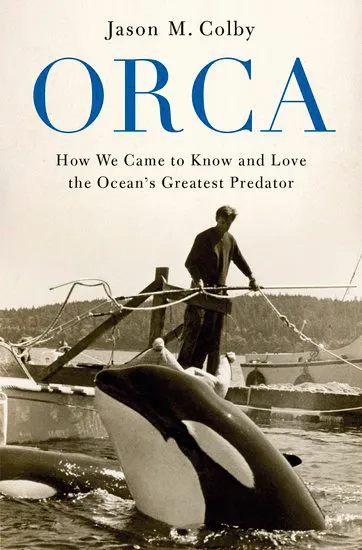
Drawing on a uniquely insightful range of sources, this book examines the nature of our relationship with killer whales and makes for compelling, if not always comfortable, reading. As a cultural and social history of our evolving relationship with these charismatic wild animals, Orca provides a fascinating account.
The hypothesis that cetaceans held in captivity helped to change our perception of them, and shaped our approach to cherishing their wild counterparts is a challenging one, but is presented here in a nuanced way. That this perception needed changing, let alone in this fashion, remains a damning indictment of human nature.
Reviewed by Jon Dunn, nature writer
Eye of the Shoal
By Helen Scales. Published by Bloomsbury.
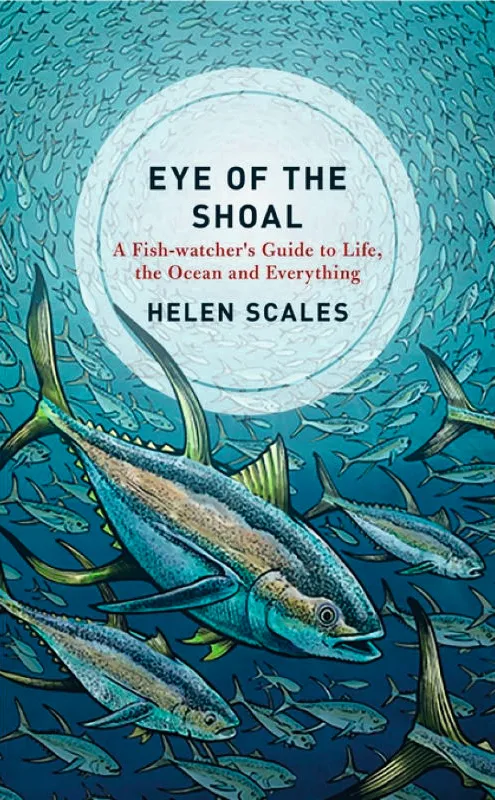
Acclaimed author and marine biologist Helen Scales takes readers on a glorious and riveting exploration of the lives of fish. Through a vivid and amusing portrayal of these lesser-loved creatures, Eye of the Shoal questions the everyday notion that fish are dull, unintelligent beings (not to mention cold, slimy and smelly) that humans simply catch to eat, recasting them as inspiring animals who can sing and dance, who are able to shape giant sculptures from sand, and who can use light, colour and even electricity to their advantage – whether to hide, to send messages or to hunt. In making her case, the author embarks on unexpected and intriguing journeys – not only across oceans, but deep into history.
At a time when we are hearing so much about the damage being wreaked upon our oceans, this is a refreshingly jubilant celebration of life and an open invitation to appreciate and experience the exciting world beneath the waves. Fish, indeed, have much to tell us about life, the ocean and everything.
Reviewed by Olive Heffernan, science writer
Far from land
By Michael Brooke. Published by Princeton University Press.
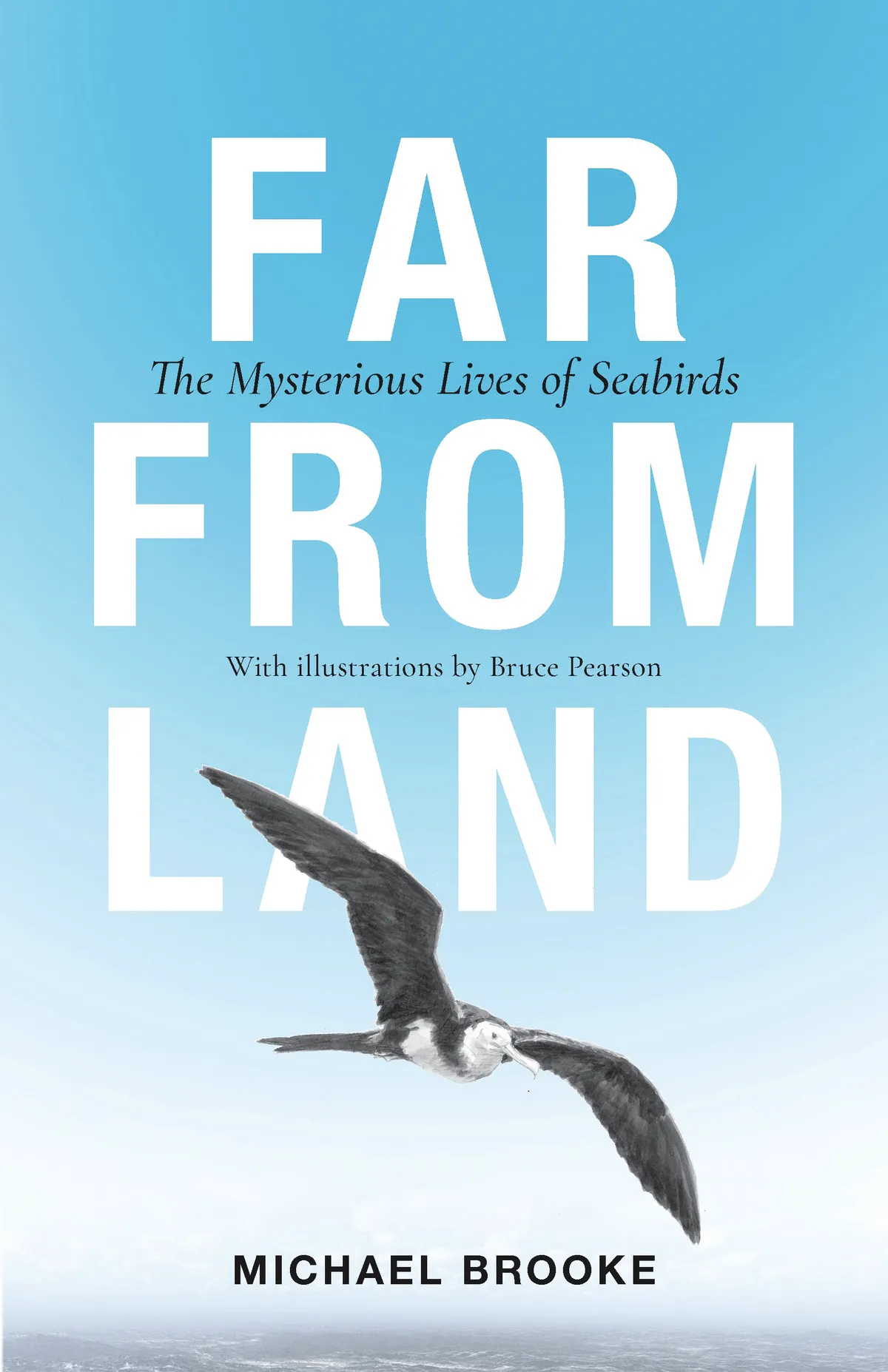
In the last couple of decades, research aided by micro-gadgetry has revolutionised understanding of some seabirds, revealing the scale and complexity of their journeys. Each new finding can amaze, such as how neighbouring puffins on a Welsh island can winter in utterly different parts of the North Atlantic. Michael Brooke has drawn on his knowledge of current science to give a timely summary of research so far and a brilliant global overview of seabird behaviour.
Reviewed by Kenny Taylor, puffinologist
Main image: Book with shells. © Getty
